The Exploratory Units (EU) at Pao School were often considered the students' favorite and most cherished classes, making them a unique and memorable programme. Many alumni fondly reminisce about their time during these primary school years. Susan, from the Class of 2022, recalls that EU classes were often conducted in the art room. In Year 5 she completed a project about volcanoes, which not only extended her grasp of natural science but also increased her understanding of humanity while offering the opportunity to display artistic talent. Inspired by EU, Susan developed a passionate interest in geography, history, and art, which she would later bring together in her own creations.
Based on the Chinese National Curriculum, Exploratory Units is a multidisciplinary subject with learning areas that include both humanities and science. This material has been divided into thematic units, and also by the categories of Knowledge, Skills, and Understanding.
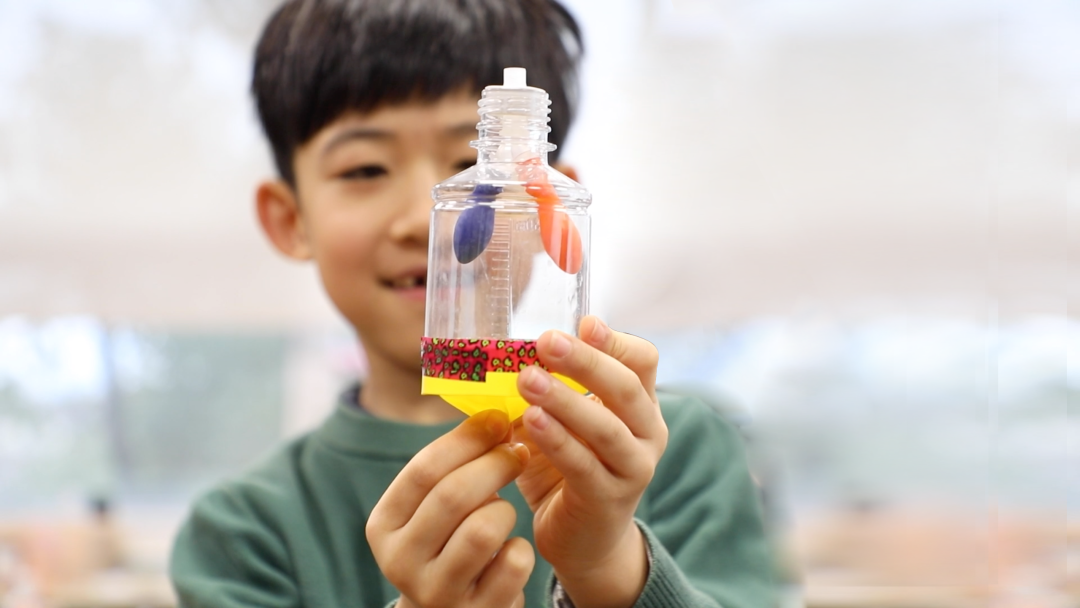
Students simulate the respiratory system using an experimental setup.
How do we see objects?
Why do we need teeth?
Where does food go after it is chewed?
How does our body digest food?
How does our heart work?
What would our bodies be like without bones?
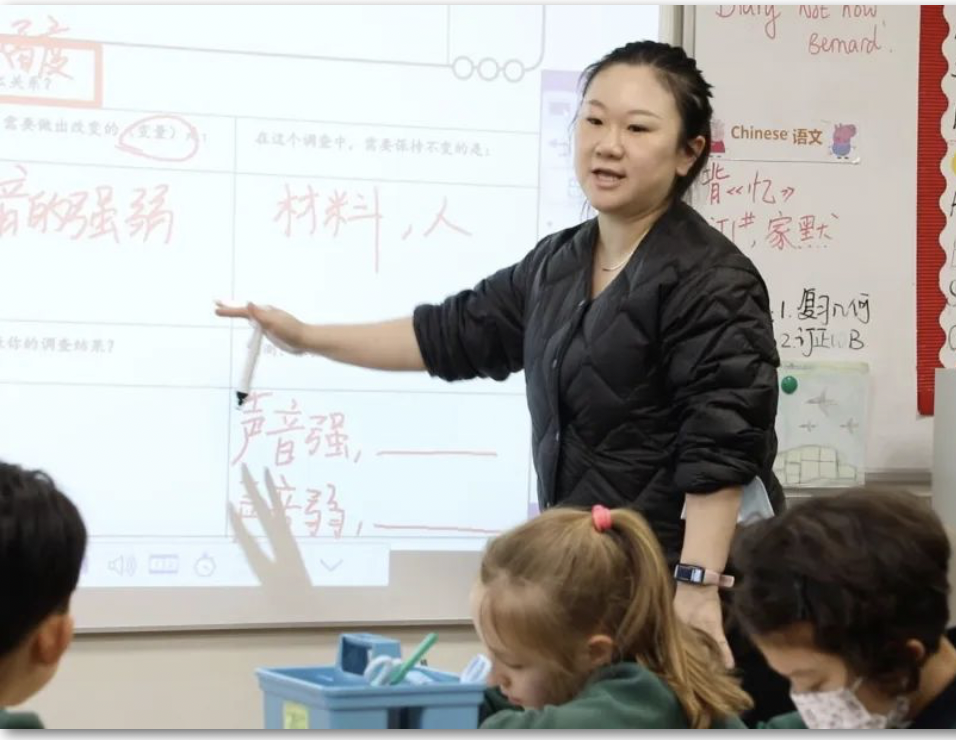
These are the questions that Year 3 students have explored in their spring semester in EU "How Humans Work". According to Daisy Hou, Year 3 Chinese Planning Leader and EU Teacher, the unit devotes to exploring the different functions of the human body, understanding how it sees and hears, digests, and respires. Students examine the skeleton and muscles before designing an investigation into one aspect of the body to grasp the basics of diet and exercise, which is the key to maintaining a healthy lifestyle.
For example, in the unit on hearing and sound, students first learn about the physics of sound, and then how the ear detects it. Students are asked to visualise sound by designing an experimental investigation. Equipped with small cups, cling film, and salt, they decide which variables to change and which to keep constant, then record their observations. In this way, the relationship between sound and the vibration of objects is understood.
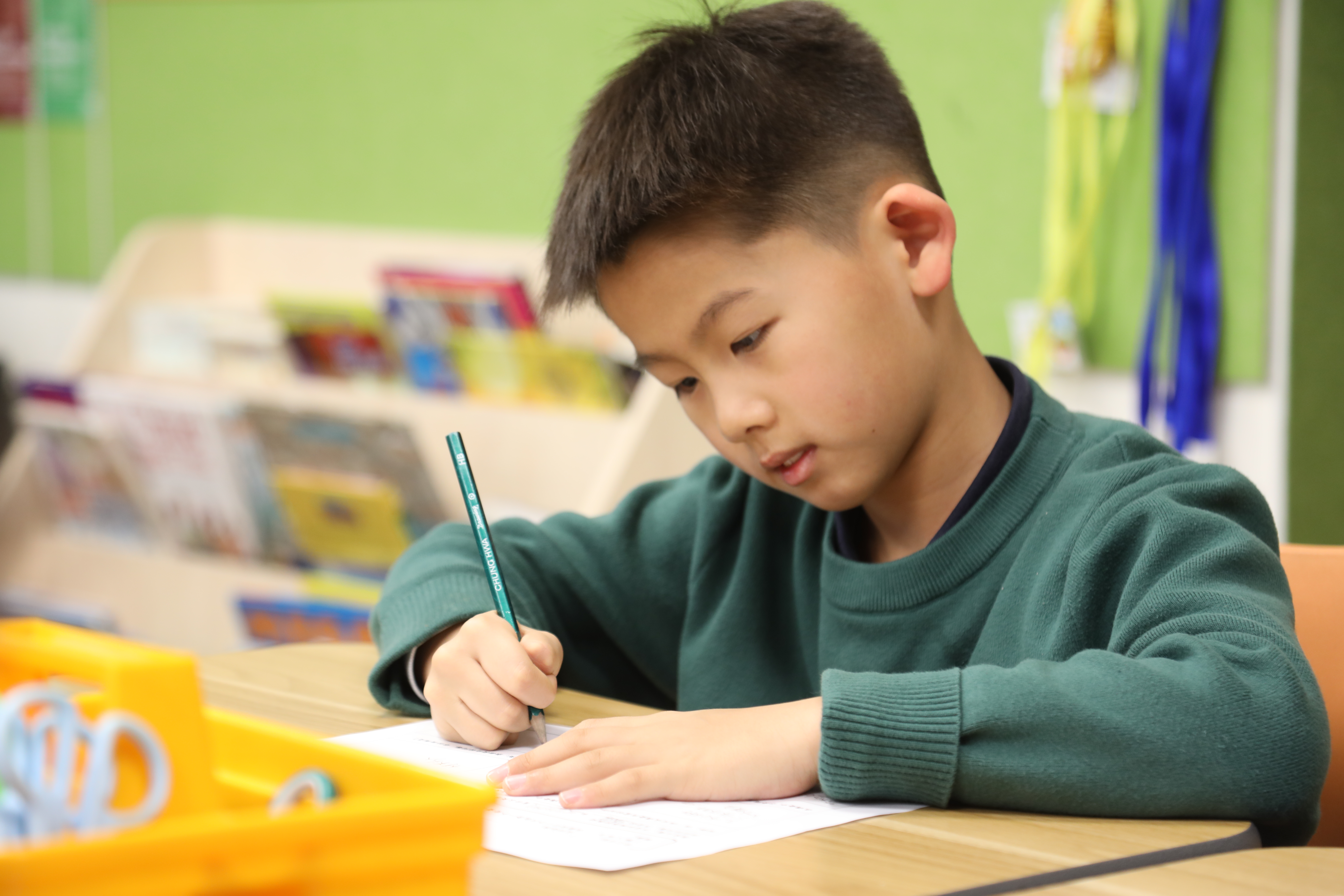
Language is an essential part of learning in EU. All the essential vocabulary is listed in both English and Chinese pinyin, for students to first absorb on their own, and then discuss in small groups.
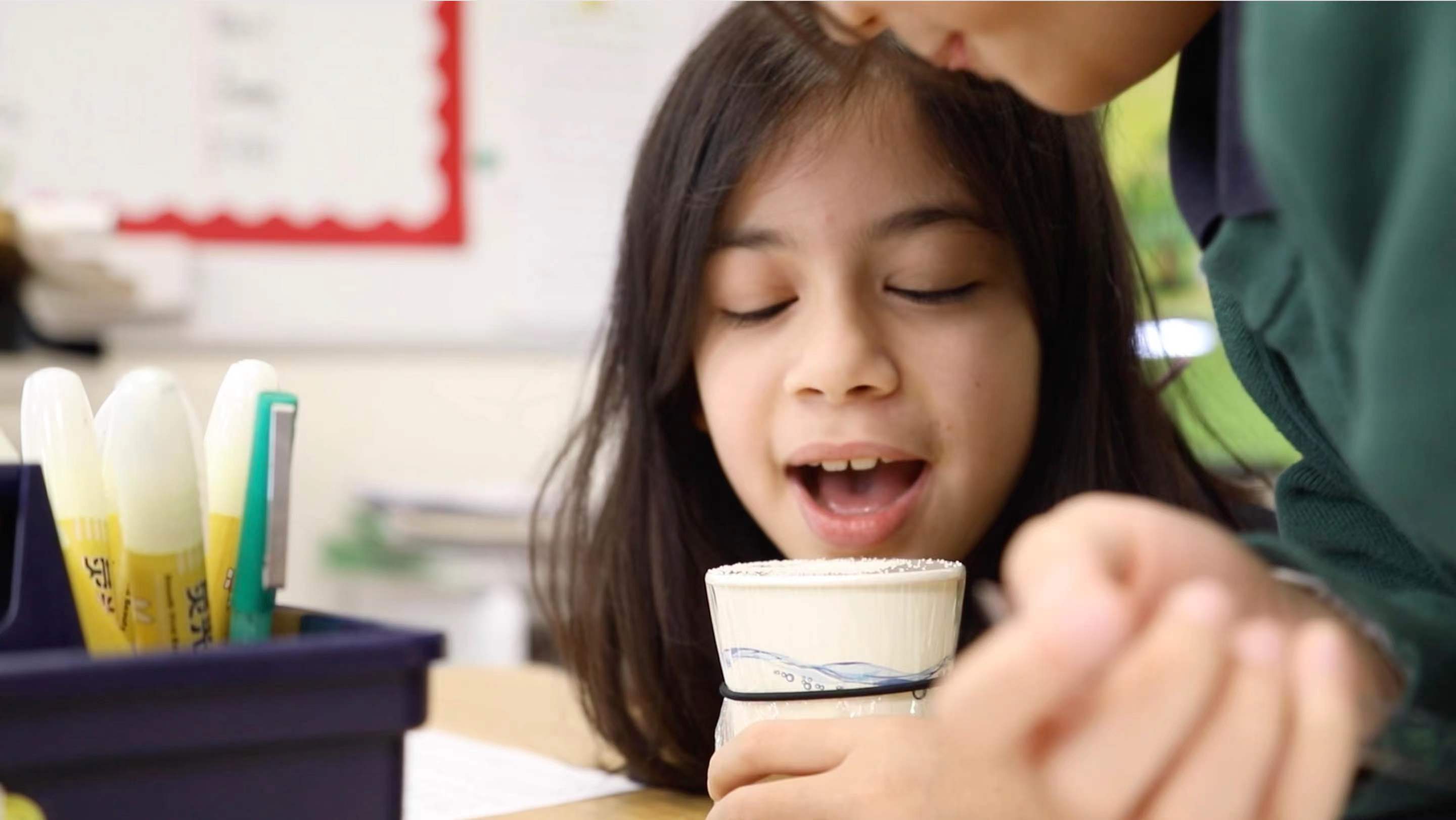
Students conduct experiments to explore the connection between sound and object vibrations.
For the conclusion of the unit, different types of exercise were allotted to each classroom, from Zumba to dance to yoga. Students were asked to think about the connection between these exercises and the knowledge they had acquired about How Humans Work, for example, "When I stand on my tiptoes I am stretching my gastrocnemius muscle", or "The harder I exercise, the faster my heart beats". In this way, their understanding is deepened, consolidated, and made applicable to real life.
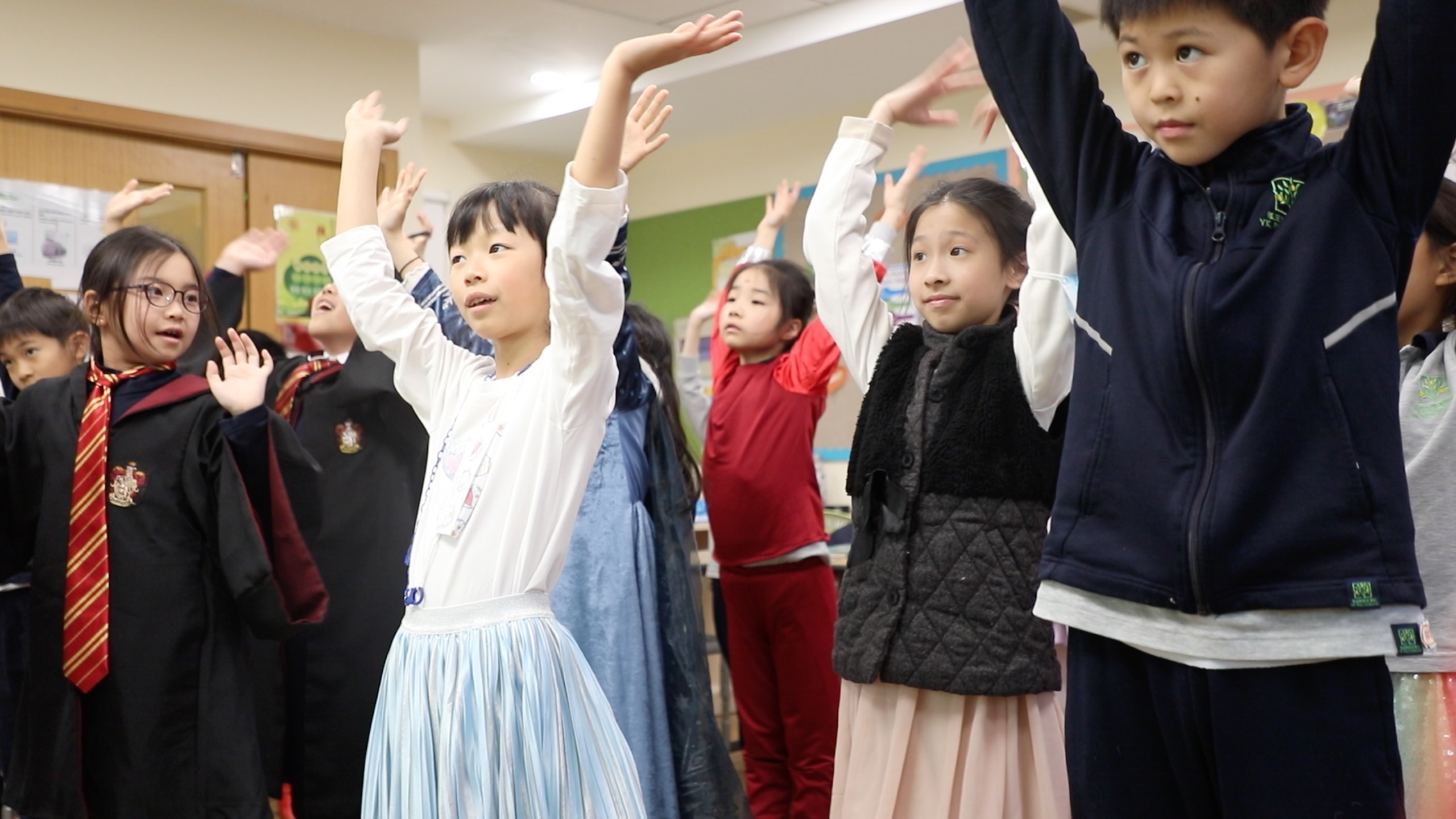
Students experience how the human body collaborates in movement.